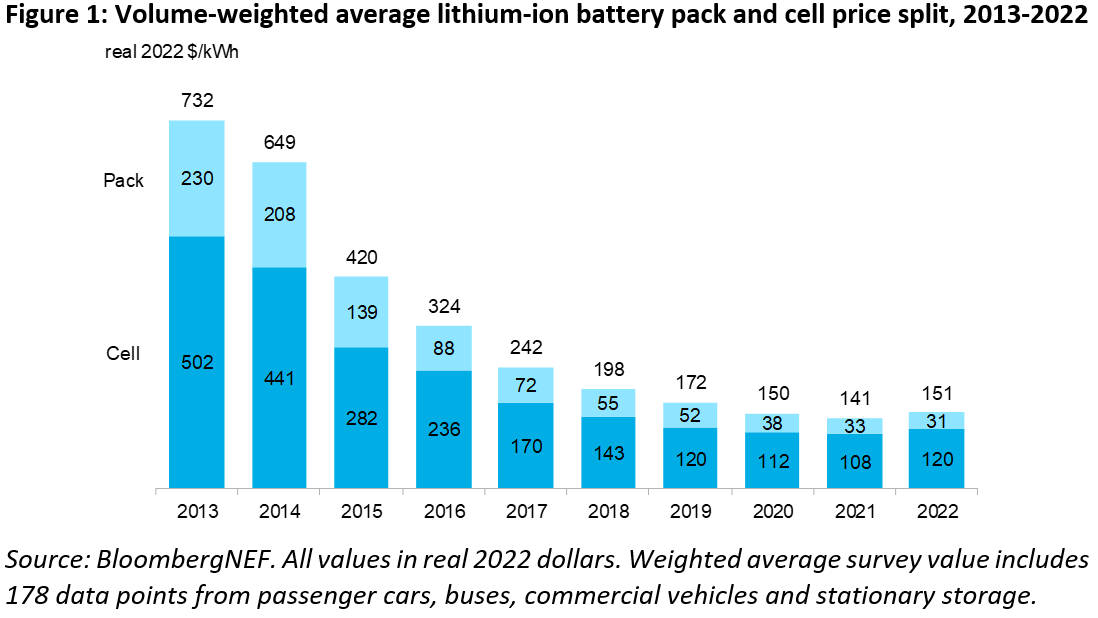It's awesome that here in Blythewood all this infrastructure is being improved. Roadways, railways and public transportation. However, where's the infrastructure for all the extra electric power it will take for the end user to keep these charged up? How can you have a offroad electric vehicle? you going to carry a extra can of electricity in the woods when you run out of power? Why wouldn't you build this as a hybrid vehicle? I'm a car guy. What's with all this politically correct nonsense? I guess the WOKE movement is pushing its way into transportation world by storm.
In my opinion you are taking a once great vehicle and turning it into some mamby pamby vehicles for people that are afraid to get their hands dirty and greasy. At least t he Bronco your competitor still is gasoline and still is a brut of sorts offroad. The oxymoron of every EV powered vehicle is the entire vehicle is made from petroleum products. So ridiculous.
In my opinion you are taking a once great vehicle and turning it into some mamby pamby vehicles for people that are afraid to get their hands dirty and greasy. At least t he Bronco your competitor still is gasoline and still is a brut of sorts offroad. The oxymoron of every EV powered vehicle is the entire vehicle is made from petroleum products. So ridiculous.
Upvote
0

